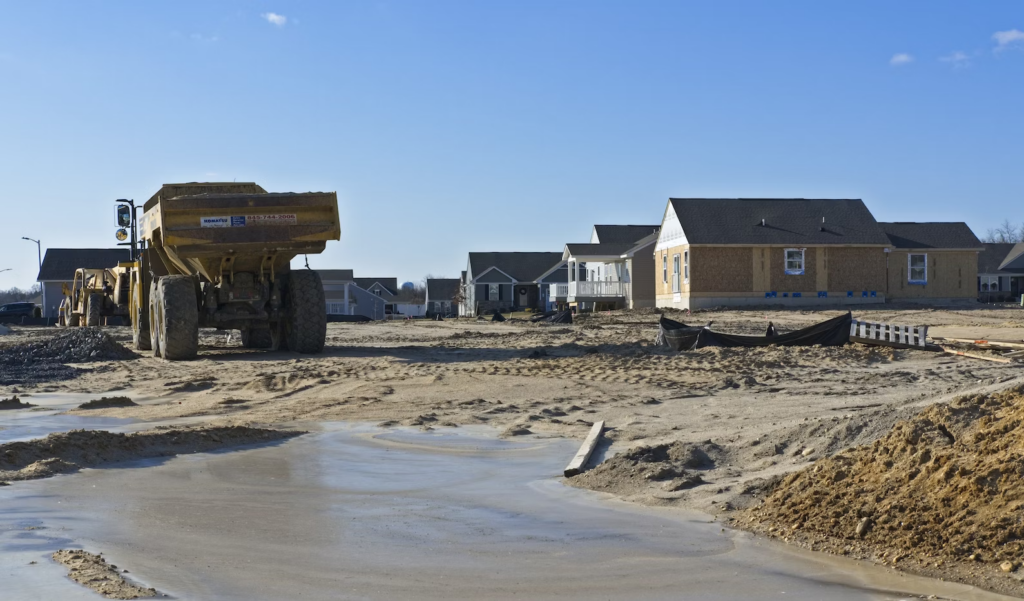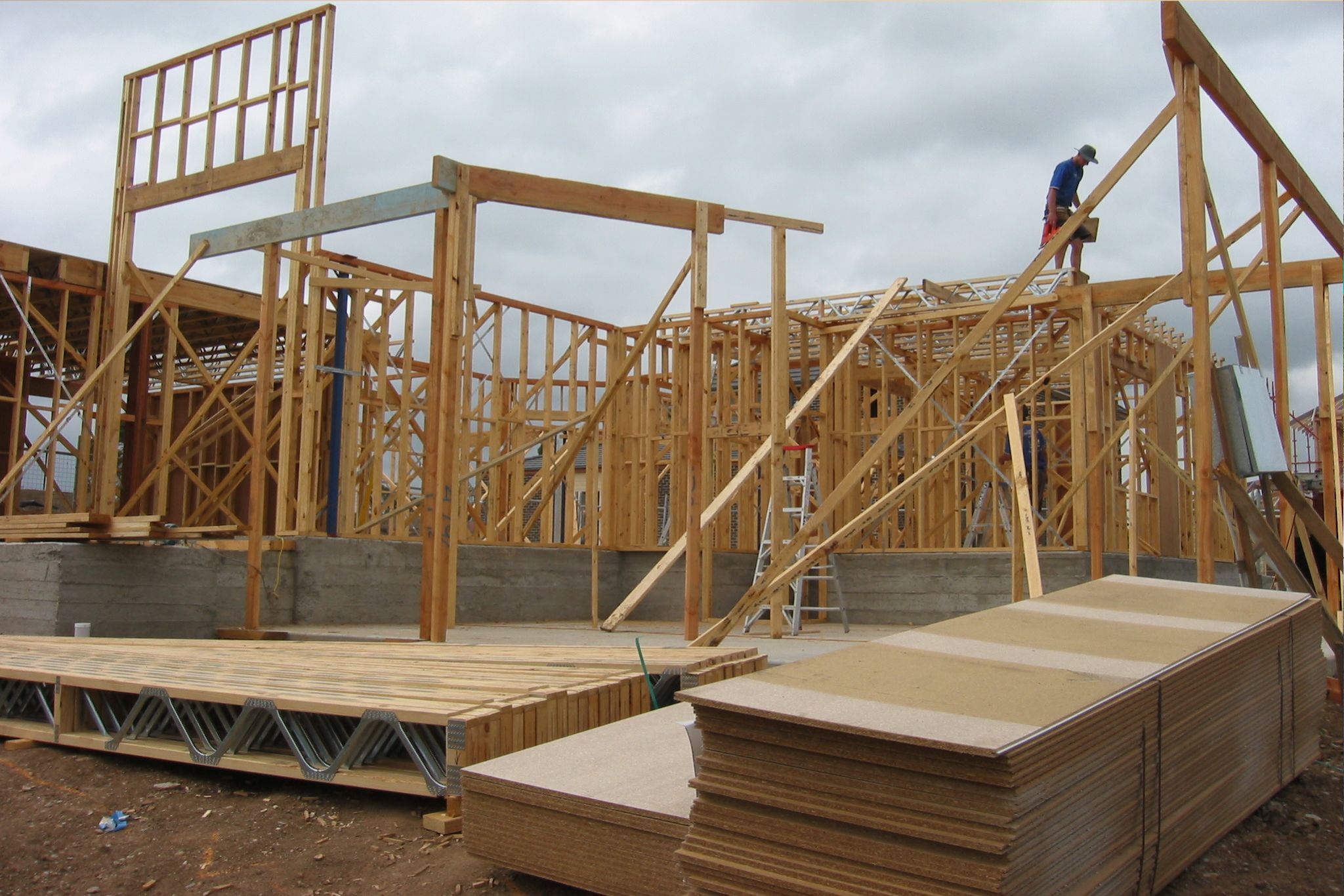The US housing market has not been doing well. It has been chronically unwell for a considerable period of time. It is already October 2023, Halloween is around the corner and the US housing market is now completely shattered, bereft of hope for merriment. The most recent turn of events shows that for the first time ever since the Federal Reserve decided to raise interest rates, the market is reacting violently like it never did before. This is mainly because hope for new construction, which was the only bright spot in the entirety of the housing market, is no longer illuminating the end of the tunnel. It is dark for as long as one can see and things are bad.
Homebuilder confidence plummets
The builder sentiment index in the US has hit a new low of 40. According to the calculations that were conducted during the early weeks of October 2023, builder confidence in the market for newly constructed single-family homes dropped by four points, based on a revised September reading. A decrease that has happened for three consecutive months. The country has not seen anything like it since January and this drop has many parties panicking. As per the standard measures, any value that is recorded below the threshold of 50 is an indication of enlarging pessimism in the attitudes that builders carry. The drop in the builders’ confidence can be attributed to how the housing market is faring poorly on all three fronts. As stated in CNBC, current sales conditions fell 4 points to 46, sales expectations in the next six months dropped 5 points to 44 and buyer traffic dropped 4 points to 26.
As per the reports of the National Association of Home Builders (NAHB), builders have expressed their disdain with dwindling buyer traffic, with some potential buyers, especially ones in the young age bracket, being priced out of the market as a result of increasing interest rates. As mentioned in Florida Realtors, NAHB Chairman Alicia Huey was also of the opinion that augmented interest rates are upping the cost and availability of builder development and construction loans, adversely impacting housing supply and affordability. In the same vein, mortgage rates have swollen by nearly 40 basis points to 7.5% since late September. These rates are attributed to the Federal Reserve’s commitment to a prolonged period of higher interest rates, stronger-than-expected economic growth in the third quarter, and ongoing concerns about government budget deficits.

Things have been looking bleak in terms of interest rates throughout the year where since August of this year, interest rates have surpassed the mark of 7%, the highest level recorded since the early 2000s. Because of the all-time high interest rates, homebuyers are reluctant to make purchases, despite having pre-planned it. What they do instead is hold out until the path is clear and more opportune as opposed to how it is now. As a result, existing home sales were down by 15.3% from August 2022.
Homebuilders have dubbed this as one of the main reasons why they are not enthusiastic about venturing out into new projects. If houses that already exist have a feeble demand, there is no assurance that there would be a demand whatsoever for newly built houses. In the face of such adversity, despite the fact that the homebuilders’ stars seem misaligned, in order to motivate home-buyers, around 62% of builders are reported to be offering sales incentives of all forms in October. A number that is 3% higher than what they offered in September 2023. 32% of builders promised to slash home prices as well. However, even though housebuilders are trying their hand at providing incentives and decreasing the prices of new homes to create momentum in their sales, it looks like an uphill battle through and through.
Economic implications
A reduction in the confidence among homebuilders can affect the economy in a detrimental manner. First and foremost, it can lead to a decline in construction activity which will eventually lead to job cuts. The lack of employment in a sector that holds job prospects for a majority of the population is problematic, to say the least. This will inevitably lead to an increase in unemployment rates.
On top of that, decreased home construction will add to the heightened rate of housing shortage and drive up property prices, further limiting access to homeownership, particularly during a period of elevated mortgage rates and already low housing inventories. While one could have brushed these consequences off as speculations, available numbers invite us to think otherwise. According to Market Beat, the homebuilder sector, represented by the SPDR S&P Homebuilders ETF, has experienced a decline of 9.79% in the past three months. The homebuilders’ ETF encompasses stocks related to new home construction, including companies like Williams Sonoma Inc. (NYSE: WSM). This makes sense because the effects of homebuilding trends extend to businesses throughout the broader economy.
Housing activity has a strong grip on the USA’s overall economy. Therefore, a despondent situation in the homebuilding sector will have a direct impact on it by circumscribing the country’s economic growth. While things do seem to be heading south, a slowing down in economic growth does not signal a recession. At least not so far. Nevertheless, all snippets of news available about the current situation of the housing market are unpleasant for both homebuyers and homebuilders. Mortgage rates are nearing 8%. Prices continue to hit new highs for as long as the market can remember. And on top of that, every month has a lower count of houses than it did the previous one. The downside to it is that there is no sign of positive change in the foreseeable future.
(Sandunlekha Ekanayake)
